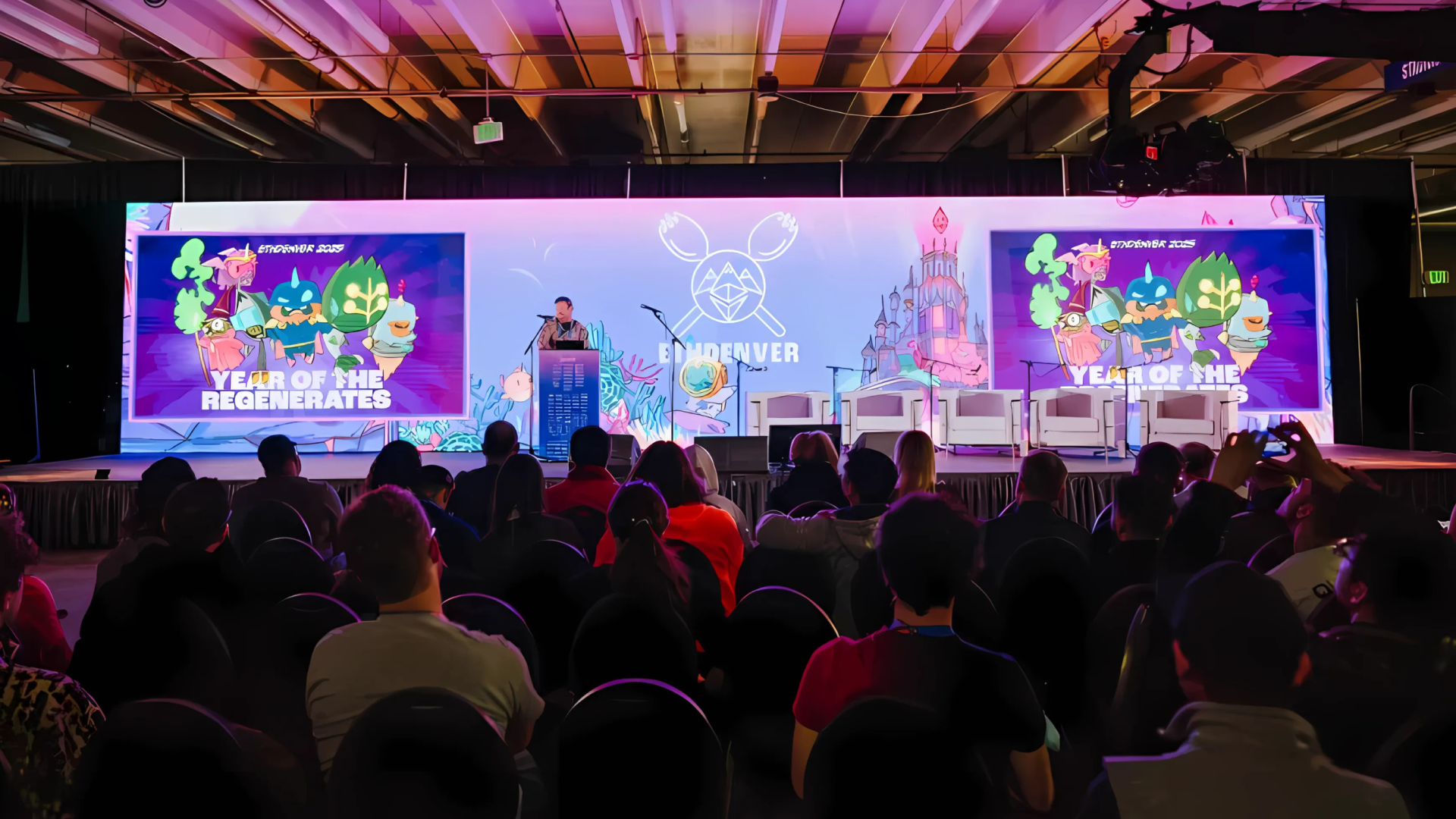Preparing for Polkadot’s Launch with Substrate
Polkadot’s launch is fast approaching. Even though the mainnet isn’t live yet, you can start developing a blockchain with Substrate today and connect it to Polkadot at launch. Substrate is the best on-ramp to deploying a blockchain, or dAppchain, on Polkadot. This blog will explain a bit about Substrate and how developers can get started today.
 By Joe Petrowski•May 16, 2019
By Joe Petrowski•May 16, 2019
TL;DR
Substrate removes the barriers to creating a blockchain. Any blockchain built with Substrate will be natively compatible with Polkadot, so when the mainnet comes you can plug into Polkadot as a parachain. You get the freedom of creating your own chain that’s customized for your unique application’s needs. By plugging your blockchain into Polkadot, you will receive Polkadot’s network effects. You will also tap into Polkadot’s pooled security and will save yourself the task of growing and incenting a community to secure your blockchain.
What is Substrate?
Parity Technologies has taken all of its lessons learned building clients for Bitcoin, Ethereum, and Polkadot and distilled them into a development stack called Substrate. Substrate is a development framework for building tools and blockchains with maximum freedom and minimal effort. All blockchains share some functionality like networking, consensus, and storage. Substrate allows you to simply plug in this functionality, freeing you to focus on your application logic.
One of the major advantages of Substrate over other blockchain development kits is that you can upgrade your runtime without a hard fork. Your runtime is a Wasm binary stored on-chain and can be updated using the governance mechanism of your chain. As long as your core layer (networking, consensus, synchronization) stays consistent, you can change your runtime (application logic) without a fork. Plus, you have absolute freedom to write the blockchain logic in any language that can compile to WebAssembly (Rust, C/C++, C#, Go, etc). For a more detailed introduction to Substrate read “What is Substrate”.
Moving Beyond General-Purpose Blockchains
The diversity in modern applications reflects the need for different blockchain functionalities for different use cases. General-purpose blockchains were useful because launching a blockchain from scratch was so difficult and apps on a single chain could interoperate. However, the one-blockchain paradigm forced every application into the limitations of the underlying chain. This made upgrades — to both the chain and on-chain applications — nearly impossible.
Substrate and Polkadot give applications the freedom to design their own blockchain while allowing them to harness the infrastructure and interoperability of a general-purpose framework. Many teams, like Cosmos and Aion, have been hard at work to provide blockchain SDKs and allow interchain token transfers. While token transfers are useful, our goal with Substrate and Polkadot was to allow arbitrary message passing. This forges the path for any application to thrive in Web3.
Enabling Communication in Web3
With Polkadot, your chain can send arbitrary messages to other chains and secure your blockchain simply by plugging it into Polkadot’s pooled security model. To date, no other interoperability platform will allow this. Some examples of interoperability with arbitrary data are:
- Oracle services that put real-world data on-chain
- Identity management system to link user identity in multiple apps
- Decentralized exchange order books and escrow
- IoT networks that receive messages from other networks or controllers
- Cross-chain smart contract calls
- Message passing between private and public chains
If you plan to make use of Polkadot’s interoperability and the accompanying network effects, starting to implement your application on Substrate today will ensure that connecting to Polkadot, once launched, is going to be as easy as possible. Substrate and Polkadot are guaranteed to be fully compatible.
Tools that come with Substrate
When you build your blockchain with Substrate, you’ll get the following tools for your chain. Peripheral support infrastructure has been built by Parity and open-source contributors to provide additional functionality to Substrate and Polkadot blockchains. This infrastructure includes:
- Polkadot Telemetry Service — network information including what nodes are running your chain, what software versions they are running, and sync status.
- Polkadot JS’ Substrate and Polkadot UI — built with React.js and RxJS. API docs and examples available.
- Substrate UI — built with the Bonds oo7 library. API Docs available.
- Polkadash — validator monitor.
- Polkabot — network monitoring and reporting.
- Polkascan — blockchain data explorer and analytics.
Start Building your Application with Substrate
Whether you plan to build a parachain for the Polkadot network or you are just looking for the most convenient way to develop your blockchain solution, you can get started building your chain with Substrate. Here are some resources to get started:
- Developer Hub & Documentation
- Substrate Collectables tutorial
- Build a Proof of Existence Blockchain with Substrate
- Build and maintain a Substrate runtime events based off-chain storage using the Substrate Events listener
- How to deploy a Polkadot Parachain on the Polkadot testnet
Questions?
- Join the Substrate Technical chat on Riot.











